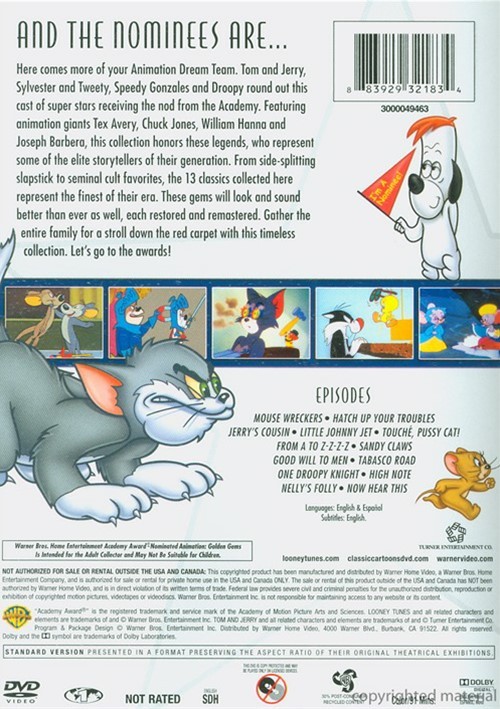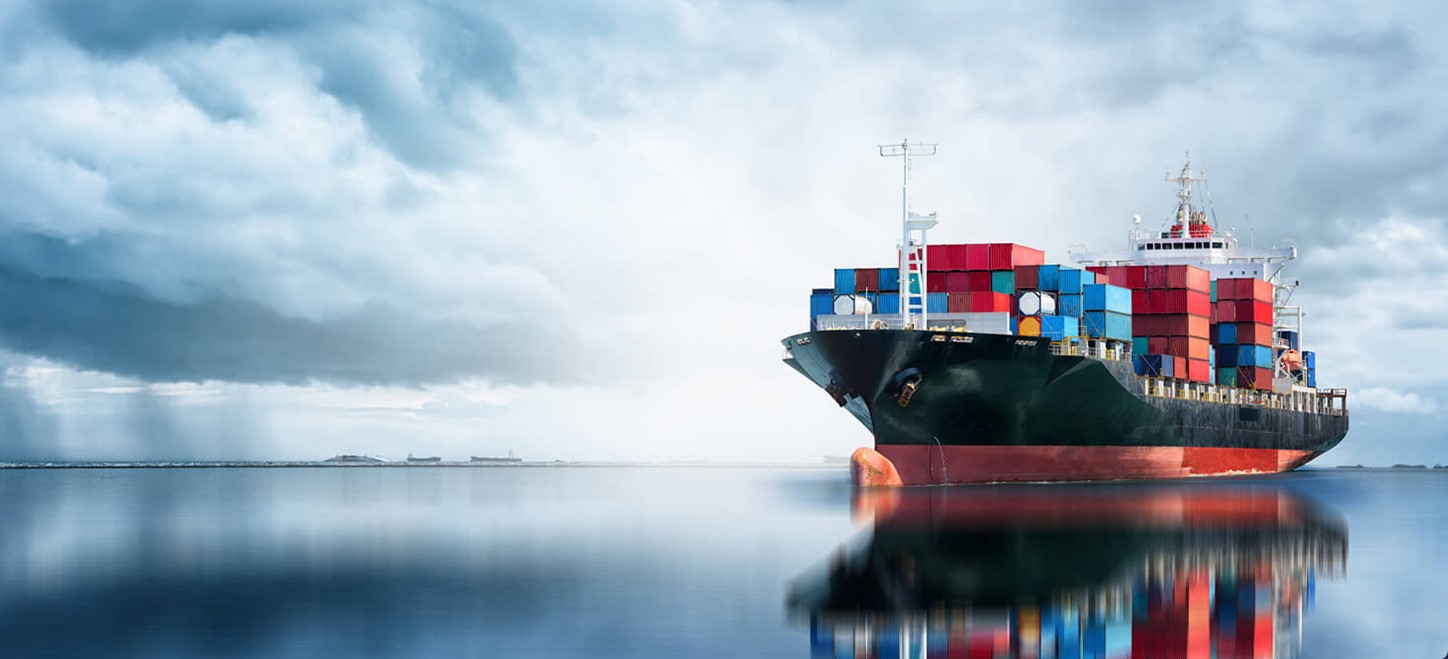In order to ship freight in large volumes, you need to consider ocean freight. Whether you are choosing the shipping method to match your needs or calculating costs, here's your guide.Ocean Freight Meaning: What Is Ocean Freight?Containerized sea freight transport involves the transport of goods by sea.The most common means of transport used by importers and exporters is by ocean. 9 out of 10 shipments are sent by ocean freight or sea freight. International freight delivery by courier, standard air freight, and express air freight are all faster, but also more expensive. These modes are generally used for smaller shipments, and for products with a high value. https://topalpha.de/ For those whose air freight is too expensive but ocean shipping too slow, freight forwarders offer express shipping. The service is frequently just as fast as air freight, but may be less expensive. It ties in with expedited ocean services and premium trucking services and streamlines ocean freight processes.Why Ship By Sea?A single container can hold up to 10000 beer bottles! And ocean freight is cheaper. Any shipment weighing more than 500 kg is too expensive for air freight. Using this chargeable weight calculator will allow you to determine whether your shipment will be charged based on its actual weight or its dimensional weight for light shipments. Please refer to our FBX index for the latest international shipping rates.<img width="397" src=" ">Several factors come into play in defining and restricting what goods can be transported as dangerous. These factors include international law, national law, carrier organization regulations, and individual carrier regulations. Gases (such as argon) are generally restricted as air freight rather than ocean freight. lamp bulbs), all things flammable (e.g. As an example, perfume, the Samsung Galaxy Note 7), toxic or corrosive items (e.g. batteries), magnetic substances (e.g. Public health risks (such as speakers), oxidizers, and biochemical products (such as chemical medicines) are all included in the report. untanned hides). You can find more information in the Hazardous Material Table.Compared to air freight, ocean freight is a significant source of CO2 emissions. Using this research as an example, 2 tonnes sent by ocean freight for 5000 kilometers will result in 150 kg of CO2 emissions, versus 6605 kg of CO2 emissions by air freight.ocean freightWhat Are The Downsides Of Ocean Freight?Compared to ocean liners, speed planes travel at about 30 times the speed. Airliners cruise at 575 mph, while ocean liners move at 16-18 mph. So it's no surprise that shipment by air freight from China to the USA usually takes about 20 days longer than by ocean freight.Port congestion, customs delays, and foul weather generally add more days to sea freight than to air freight. The tracking technology for air freight is often more advanced than that for ocean freight. As a result, ocean freight is more likely to be misplaced than air freight. Shipments under a container load are particularly vulnerable to this. The digitization of ocean freight is making it more reliable.Ocean freight is more likely to be damaged or destroyed than air cargo. It's because it's in transit for a longer period of time and because ships are more likely to move. If your ocean cargo falls off a ship, don't worry too much about it. According to urban myth, ten thousand containers per year are lost in the drink, but actually it's more like 546 of 120 million movements per year. Even less likely is piracy. Horn of Africa, Gulf of Guinea, and the Malacca Strait have been hotspots in recent years.Ocean Freight ServicesThere? are also two options for ocean and sea freight: full container loads and less than container loads. A LCL container is used to pack several shipments together. This means more work for the forwarder, extra paperwork, as well as organizing the shipments into containers before their main transit and de-consolidating them at the other end. This gives LCL three disadvantages:LCL shipments take longer to deliver than FCL shipments. A couple of extra weeks is recommended for LCL.Having LCL increases the risk for damage, misplacement, and loss.<img width="335" src="
">Several factors come into play in defining and restricting what goods can be transported as dangerous. These factors include international law, national law, carrier organization regulations, and individual carrier regulations. Gases (such as argon) are generally restricted as air freight rather than ocean freight. lamp bulbs), all things flammable (e.g. As an example, perfume, the Samsung Galaxy Note 7), toxic or corrosive items (e.g. batteries), magnetic substances (e.g. Public health risks (such as speakers), oxidizers, and biochemical products (such as chemical medicines) are all included in the report. untanned hides). You can find more information in the Hazardous Material Table.Compared to air freight, ocean freight is a significant source of CO2 emissions. Using this research as an example, 2 tonnes sent by ocean freight for 5000 kilometers will result in 150 kg of CO2 emissions, versus 6605 kg of CO2 emissions by air freight.ocean freightWhat Are The Downsides Of Ocean Freight?Compared to ocean liners, speed planes travel at about 30 times the speed. Airliners cruise at 575 mph, while ocean liners move at 16-18 mph. So it's no surprise that shipment by air freight from China to the USA usually takes about 20 days longer than by ocean freight.Port congestion, customs delays, and foul weather generally add more days to sea freight than to air freight. The tracking technology for air freight is often more advanced than that for ocean freight. As a result, ocean freight is more likely to be misplaced than air freight. Shipments under a container load are particularly vulnerable to this. The digitization of ocean freight is making it more reliable.Ocean freight is more likely to be damaged or destroyed than air cargo. It's because it's in transit for a longer period of time and because ships are more likely to move. If your ocean cargo falls off a ship, don't worry too much about it. According to urban myth, ten thousand containers per year are lost in the drink, but actually it's more like 546 of 120 million movements per year. Even less likely is piracy. Horn of Africa, Gulf of Guinea, and the Malacca Strait have been hotspots in recent years.Ocean Freight ServicesThere? are also two options for ocean and sea freight: full container loads and less than container loads. A LCL container is used to pack several shipments together. This means more work for the forwarder, extra paperwork, as well as organizing the shipments into containers before their main transit and de-consolidating them at the other end. This gives LCL three disadvantages:LCL shipments take longer to deliver than FCL shipments. A couple of extra weeks is recommended for LCL.Having LCL increases the risk for damage, misplacement, and loss.<img width="335" src=" "><img width="438" src="
"><img width="438" src=" ">LCL costs more per cubic meter.Considering the lower shipping rates for full containers, it might be worth using a full container once your shipment is large enough, even if your goods don't fill a full container. LCL to FCL upgrades are typically achieved at a point around 15 cubic meters (the smallest size container is a 20 footer).Sea Freight Rates per kgMost LCL shipping is priced by volume only, not by weight, except for especially heavy items.If selecting the most cost-effective mode is a challenge, consider these general rules of thumb:Shipments over 500 kg are not economically feasible by air.In general, ocean freight costs around $2-$4 / kg, and a China-US shipment takes anywhere from 30-40 days.Using air freight for a China-US shipment between 150 kg and 500 kg costs about $5-8 per kilo and can take 8-10 days.While express air freight is faster, it's also more expensive.Packages that weigh less than 150 kg can go by courier (express freight).The following are common ocean and sea freight rates and charges:These items will be included on ocean freight quotes and invoices:
">LCL costs more per cubic meter.Considering the lower shipping rates for full containers, it might be worth using a full container once your shipment is large enough, even if your goods don't fill a full container. LCL to FCL upgrades are typically achieved at a point around 15 cubic meters (the smallest size container is a 20 footer).Sea Freight Rates per kgMost LCL shipping is priced by volume only, not by weight, except for especially heavy items.If selecting the most cost-effective mode is a challenge, consider these general rules of thumb:Shipments over 500 kg are not economically feasible by air.In general, ocean freight costs around $2-$4 / kg, and a China-US shipment takes anywhere from 30-40 days.Using air freight for a China-US shipment between 150 kg and 500 kg costs about $5-8 per kilo and can take 8-10 days.While express air freight is faster, it's also more expensive.Packages that weigh less than 150 kg can go by courier (express freight).The following are common ocean and sea freight rates and charges:These items will be included on ocean freight quotes and invoices:
![[PukiWiki] [PukiWiki]](image/pukiwiki.png)